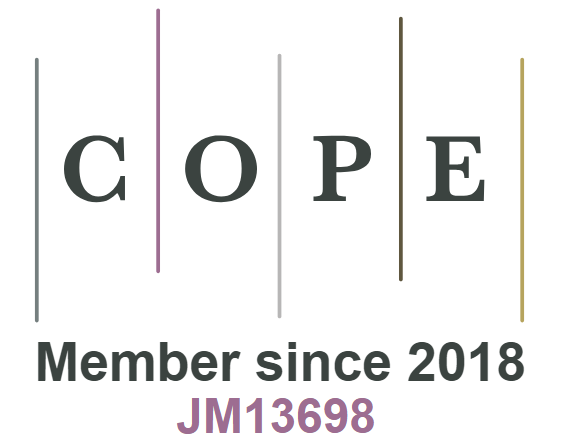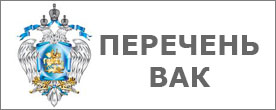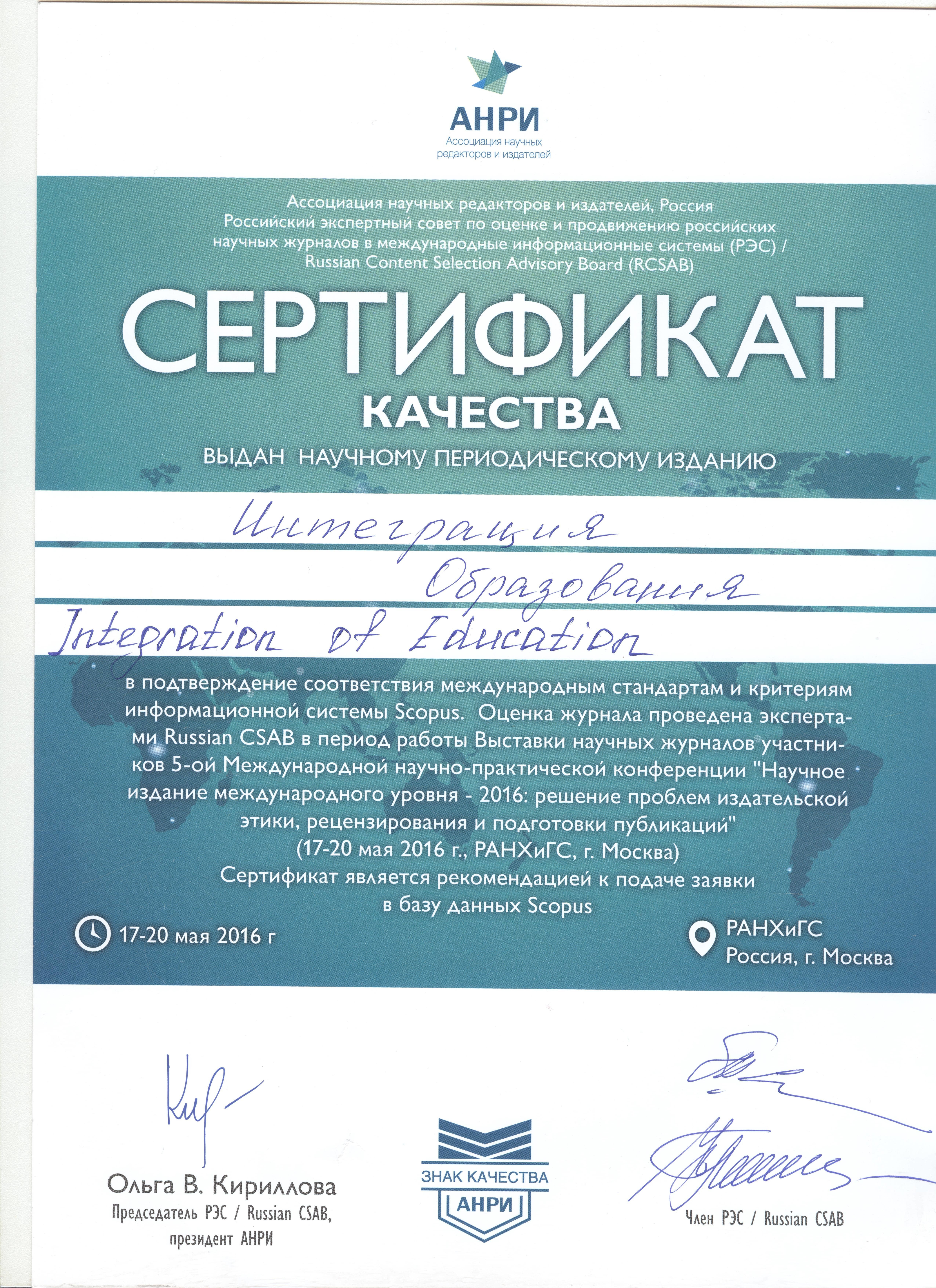UDK 159.922.7-053.2
DOI: 10.15507/1991-9468.100.024.202003.501-518
Dynamics of “Self-Image” of Preschool Children (2004 and 2017: A Comparative Analysis)
Lyudmila V. Fedina
Associate Professor of the Chair of Psychology and Pedagogy of Childhood, University of Tyumen (6 Volodarsky St., Tyumen 625003, Russia), Ph.D. (Pedagogy), Associate Professor, ORCID: https://orcid.org/0000-0002-2822-0692, Scopus ID: 57200437335, ResearcherID: B-3957-2016, This email address is being protected from spambots. You need JavaScript enabled to view it.
Introduction. Impetuous changes provoke a research into structural and substantive changes in modern childhood. Presentation of modern preschoolers differs from what their peers thought 10 and 20 years ago. It is necessary to determine the basis of preschool children’s self-image and to identify those specifications that remain unchanged and those that demonstrate significant changes. This will help to understand the fundamentals of building an internal image of a modern preschooler, highlight changes in its structure, and predict effective ways to accompany the development of a preschooler’s personality. Aim of the research: study the content components of the “self-image” of preschoolers, identify and describe the main dynamic trends in the self-image of preschoolers over the course of 13 years.
Materials and Methods. The study of meaningful changes in the preschoolers’ ideas about themselves was organized using an interview. 211 preschoolers aged between 5 and 7 years old were interviewed. The study used the methods of cross-sections, the Kuhn-McPartland test modified by T. V. Rumyantseva, the method of studying the “self-image” by G. A. Uruntaeva and E. N. Gosheva, methods of mathematical statistics in the SPSS program.
Results. The reflexive ego and the communicative ego are determined in the structure of the identification indicators of the self-image of the older preschooler as the stable characteristics. The dynamic tendencies are highlighted: modern preschoolers, in comparison with their peers in 2004, demonstrate more freedom and diversity in describing the identification characteristics of their physical ego and activity ego, at the same time they lose focus on relationships in the context of “me-others” (“social ego”). A comparative analysis made it possible to identify the zone of development of the self-image of modern preschoolers and the basis for the reconstruction of forms and methods of teaching and upb ringing.
Discussion and Conclusion. The results of the research are important for the psychology of modern childhood. They clarify and supplement the description of the age-related characteristics of the development of self-awareness of modern preschoolers. The study allows us to place significant accents in the development of educational programs for preschool children in practice.
Keywords: self-image, preschool children, identification, self-concept, childhood, development
For citation: Fedina L.V. Dynamics of “Self-Image” of Preschool Children (2004 and 2017: A Comparative Analysis). Integratsiya obrazovaniya = Integration of Education. 2020; 24(3):501-518. DOI: https://doi.org/10.15507/1991-9468.100.024.202003.501-518
The author has read and approved the final manuscript.
Submitted 07.04.2020; revised 27.05.2020; published online 30.09.2020.

This work is licensed under a Creative Commons Attribution 4.0 License.





























